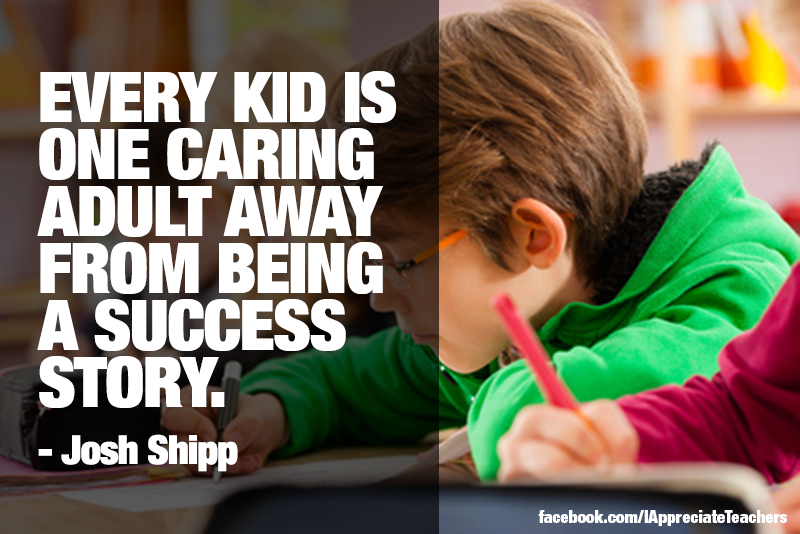The Long Term Impact of Bullying: What Parents, Teachers, and All Adults Need to Know
As an author and educator on bullying, I have a keen sense about the urgency of my message but also a healthy awareness that as people sit down to attend one of my trainings, they may begin as “prisoners.” In other words, some boss or supervisor somewhere assigned the person to attend, though what they’d really rather be doing is preparing their classroom, working on lesson plans, collaborating with other teachers, or, well, anything but listening to another talking head droning on and on about an educator’s obligation to stop bullying. Yes, the bullying that was once never talked about has now have become so pervasive (and too often finger-wagging) that us anti-bullying messengers have run the risk of sounding like the teachers in the Charlie Brown cartoons.
My goal is always to turn the prisoners into opportunity-seekers: to help educator’s understand that they are in the rare position to “be that one person” in a child’s life who makes the child feel heard, understood, valued, defended, and strong. Likewise, teachers can reach out to kids who bully, understand the pain behind their aggressive behavior, and teach those students better way to behave, more constructive ways to exert power and control in their lives. As Haim Ginnot once said, teachers really are THE decisive element in the classroom.
This article, featured online in Science Daily, is a great tool for helping teachers, parents, and all adults understand the long term impact of bullying and realize that stopping bullying is not just one more item on the To Do list, but rather a critical opportunity to make all of the difference in a child’s long term well-being:
http://www.sciencedaily.com/releases/2013/08/130819102708.htm
This entry was posted by signewhitson on August 20, 2013 at 11:50 am, and is filed under bullying. Follow any responses to this post through RSS 2.0. You can leave a response or trackback from your own site.

Leave a Reply